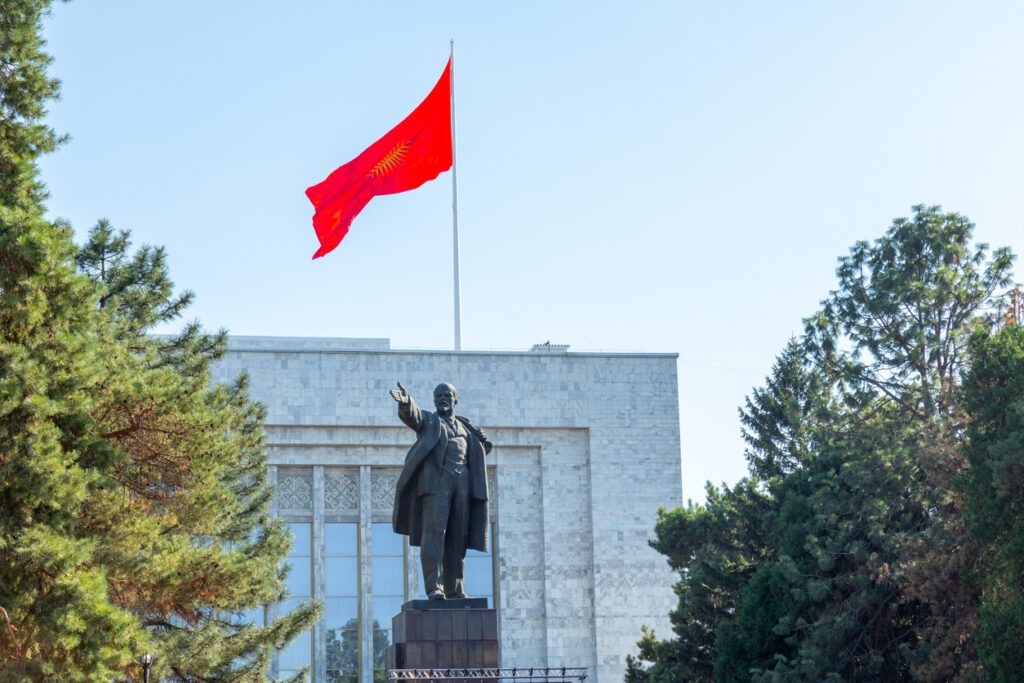Mukhamedzhan Tynyshpaev, a Kazakh scholar, politician, and visionary, has returned to the spotlight with the publication of his book The History of the Kazakh People in Kazakhstan. This book, originally written in Russian in 1925 under the title Materials on the History of the Kyrgyz-Kazakh People, was republished in Kazakh in 2023 by AmalBooks. The work explores the origins of the Kazakh tribes, the development of Kazakh statehood, and the nation’s rich history.
Tynyshpaev was a towering figure in Kazakh history. Born on May 12, 1879, in the Lepsinsky district of Semirechyenskaya Oblast, he rose to prominence as one of the founders of the Alash movement. Beyond his roles as a historian and scholar, he was Kazakhstan’s first railway engineer, a deputy in the Second State Duma of the Russian Empire, and a leading contributor to the construction of the Turkestan-Siberian Railway. He also served briefly as deputy chairman of the Alash Autonomy government.
The Central State Archive of Kazakhstan preserves three unique photographs that capture moments from Tynyshpaev’s extraordinary life.

The first photograph, dated around 1900, shows a young Tynyshpaev as a student of the Imperial Institute of Railway Engineers in St. Petersburg, where he studied from 1900 to 1905. This image, taken at the Leibin and Sons photo studio in Verny (now Almaty), reflects his early academic promise.

In the second photograph, Tynyshpaev is seen among representatives of the Kazakh student intelligentsia studying at universities in St. Petersburg (he is seated third from the left). The archive dates the document between 1903 and 1909 and includes the following caption: “Dosmukhamedov Kh. (third row, third from the left) – student of the Imperial Military Medical Academy of St. Petersburg; Tynyshpaev M. (second row, second from the right) – student of the Imperial Institute of Railway Engineers named after Alexander I with fellow countrymen.”
Upon studying this document, we identified Zhansey (Zhihansha) Alimuratovich Seydalin — a student of the Faculty of Law at St. Petersburg University (third row, second from the left). He later became a public figure, lawyer, and member of the national Alash party.
Also present in the photograph is the first Kazakh woman to receive higher education at St. Petersburg universities — Gulsum Asfendiyarova (second row, left). Today, Gulsum Asfendiyarova is known as the first Kazakh female doctor with a higher education, an organizer of the healthcare system in the Turkestan region, a medical educator, and the elder sister of Sanjar Asfendiyarov — a renowned doctor, political figure, scholar, and professor, after whom the medical university in Almaty is now named.
Mukhamedzhan Tynyshpaev studied at the Imperial Institute of Railway Engineers in St. Petersburg from 1900 to 1905. Kh. Dosmukhamedov studied at the Imperial Military Medical Academy in St. Petersburg from 1903 to 1909. Zh. Seydalin studied at St. Petersburg University from 1900 to 1904.
Asfendiyarova studied at the Women’s Medical Institute in St. Petersburg from 1902 to 1908. Based on these facts, it can be assumed that the photograph was taken in 1903 or 1904 when all the mentioned participants could have met in St. Petersburg.

The third photograph is accompanied by the caption: “M. Tynyshpaev, head of the design and survey work of the Southern section, Berezin, head of the Southern section, during discussions on the construction of the Turkestan-Siberian Railway.” The photo was taken in 1929 and may be the last known photograph of this remarkable figure.
Starting in 1930, Tynyshpaev began to face persecution. He was first arrested on August 3, 1930, but after a long investigation, no charges were brought against him. During his next arrest, he was accused of events from 1917, when he briefly served as the Prime Minister of the Turkestan Autonomy. On April 20, 1932, a Soviet court sentenced him to five years of exile in Voronezh, Russia. There, he worked under the supervision of the Joint State Political Directorate, which would later become the NKVD, on the construction of the new Moscow-Donetsk railway.
After returning from exile in 1936, Tynyshpaev went to work on the construction of the Kandagach-Guryev railway, where he fell seriously ill and later returned to Tashkent.
On November 21, 1937, he was arrested again and, as a former member of the Alash Orda party and a so-called “enemy of the people,” was executed.
The name of one of the first Kazakh engineers was only rehabilitated on September 29, 1959, by a decision of the Supreme Court of the Kazakh Soviet Socialist Republic, and in February 1970 by the Prosecutor’s Office of the USSR and the Military Prosecutor of the Turkestan Military District.








